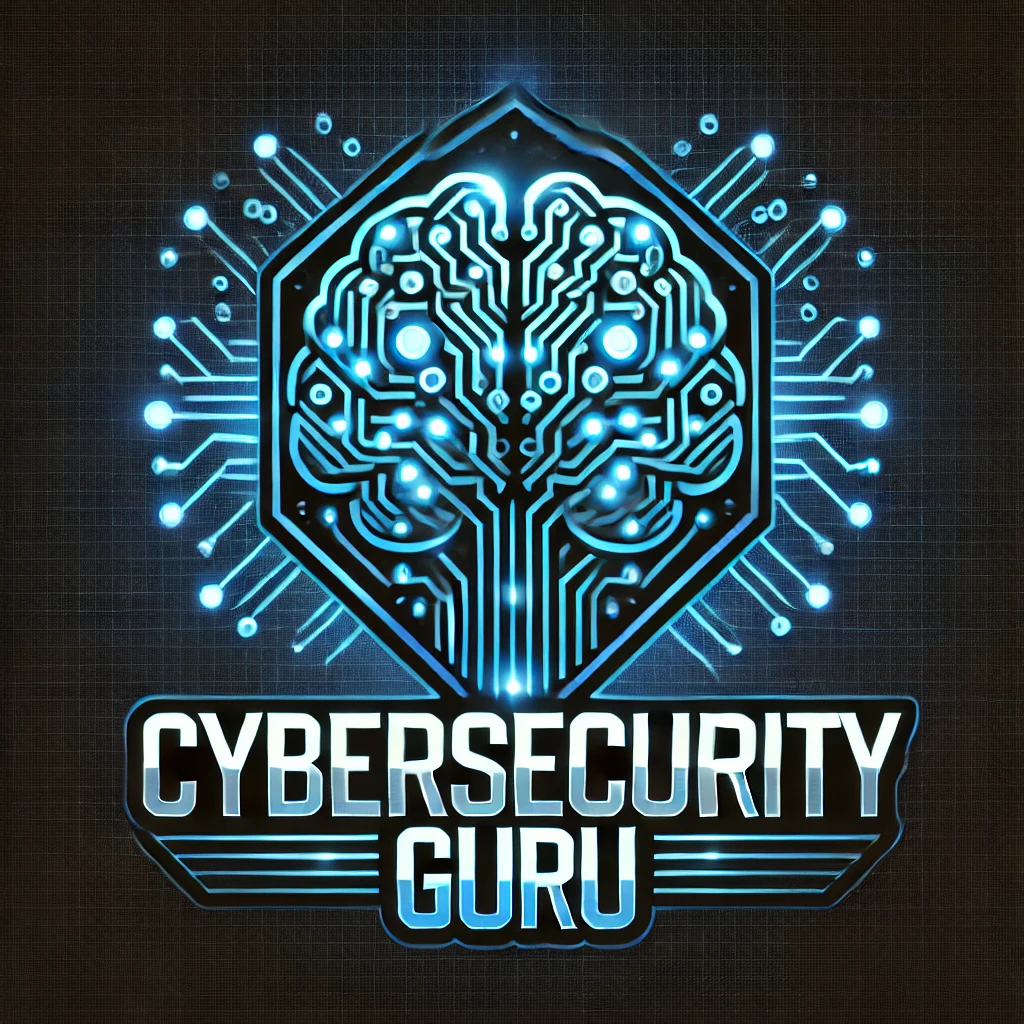In today’s dynamic cybersecurity landscape, organizations must establish robust security architectures that seamlessly integrate key security capabilities. A well-structured security framework safeguards digital assets, ensures compliance, and mitigates evolving threats. This blog explores how to design, implement, and maintain flawless security architectures focusing on Cloud Security, Network Security, Identity and Access Management (IAM), Endpoint Security, Logging, and Monitoring.
1. Cloud Security: Fortifying Digital Assets in the Cloud
Design
- Adopt a zero-trust architecture to minimize attack surfaces.
- Use multi-factor authentication (MFA) for cloud access.
- Implement encryption at rest and in transit for sensitive data.
- Define access policies using least privilege principles.
Implementation
- Leverage cloud-native security services like AWS Security Hub, Azure Security Center, or Google Chronicle.
- Set up identity-based access controls with fine-grained permissions.
- Enable automatic backup and disaster recovery strategies.
Maintenance
- Conduct continuous security assessments and compliance checks.
- Regularly update and patch cloud-based applications.
- Monitor API calls and cloud activity logs for anomalies.
2. Network Security: Protecting the Backbone of IT Infrastructure
Design
- Segment networks to limit lateral movement using Virtual Private Clouds (VPCs) and VLANs.
- Deploy firewalls, Intrusion Detection Systems (IDS), and Intrusion Prevention Systems (IPS).
- Enforce secure VPN access for remote employees.
Implementation
- Configure next-generation firewalls (NGFW) to filter and inspect network traffic.
- Implement network access control (NAC) to prevent unauthorized devices from connecting.
- Use Secure DNS and Domain-based Message Authentication, Reporting, and Conformance (DMARC) to thwart phishing attacks.
Maintenance
- Perform routine penetration testing and vulnerability scans.
- Regularly update firewall and IDS/IPS rules.
- Analyze network traffic for unusual behavior using AI-driven threat intelligence.
3. Identity and Access Management (IAM): Enforcing Least Privilege
Design
- Define strong authentication mechanisms, including passwordless authentication.
- Implement Single Sign-On (SSO) for seamless and secure access.
- Enforce role-based access control (RBAC) and attribute-based access control (ABAC).
Implementation
- Deploy identity providers (IdPs) such as Okta, Microsoft Entra ID, or AWS IAM.
- Integrate IAM with cloud and on-premises applications.
- Automate user provisioning and deprovisioning.
Maintenance
- Regularly review access logs and audit privileges.
- Rotate security keys and credentials periodically.
- Implement real-time anomaly detection for identity-based threats.
4. Endpoint Security: Securing Devices Against Threats
Design
- Deploy endpoint detection and response (EDR) solutions.
- Enable device encryption and enforce security baselines.
- Establish mobile device management (MDM) policies.
Implementation
- Install EDR solutions like CrowdStrike, SentinelOne, or Microsoft Defender.
- Configure automated patch management for operating systems and applications.
- Restrict USB access and implement application whitelisting.
Maintenance
- Conduct regular endpoint security assessments.
- Ensure endpoint software is up to date.
- Monitor endpoint logs for indicators of compromise (IoCs).
5. Logging and Monitoring: Detecting Threats in Real-Time
Design
- Define centralized logging using Security Information and Event Management (SIEM) solutions.
- Implement continuous security monitoring using Security Operations Centers (SOC).
- Establish alerting and incident response workflows.
Implementation
- Deploy SIEM tools such as Splunk, IBM QRadar, or Microsoft Sentinel.
- Integrate log aggregation tools like Fluentd or Logstash.
- Set up Security Orchestration, Automation, and Response (SOAR) platforms.
Maintenance
- Regularly tune SIEM rules to reduce false positives.
- Conduct threat hunting exercises to uncover hidden threats.
- Perform periodic forensic analysis and log correlation.
Conclusion
Designing, implementing, and maintaining a flawless security architecture requires a multi-layered approach that integrates cloud security, network security, IAM, endpoint security, logging, and monitoring. Organizations must continuously evolve their security posture by adopting modern frameworks, leveraging automation, and conducting ongoing risk assessments. A proactive security strategy ensures resilience against cyber threats while maintaining compliance and operational efficiency.

Leave a Reply